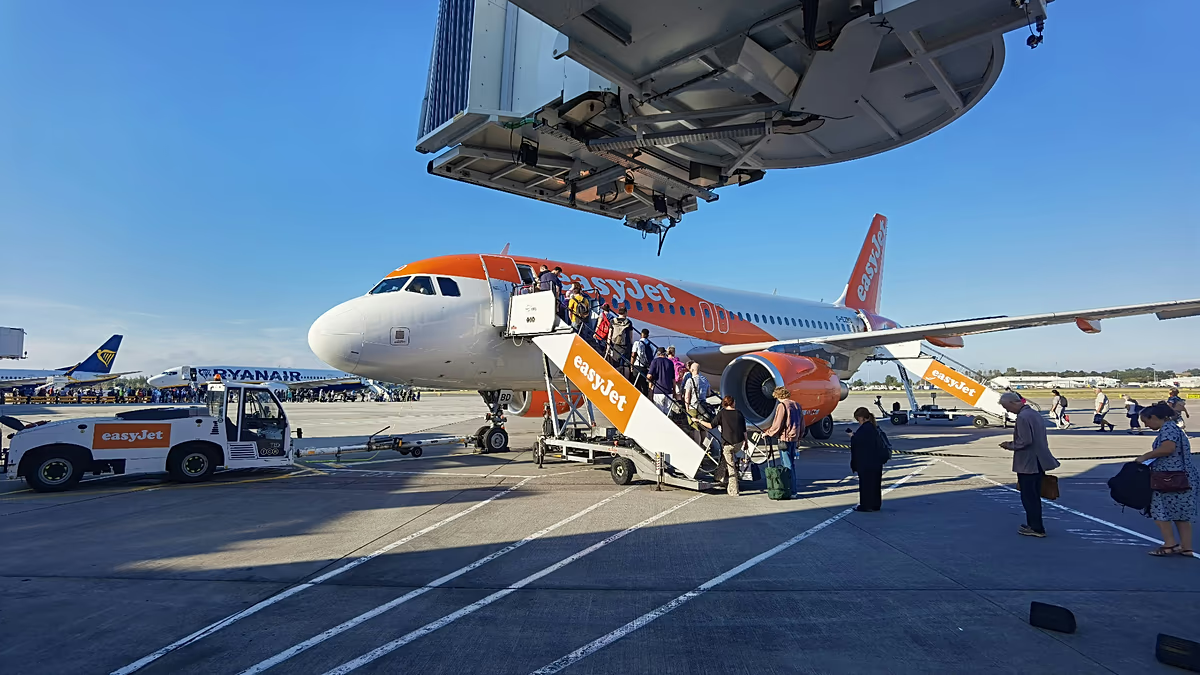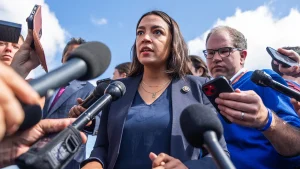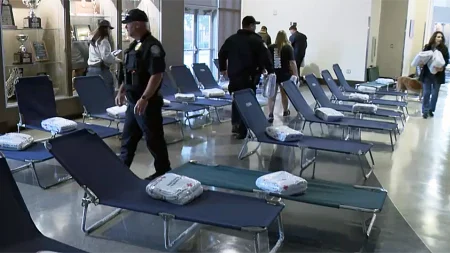The Human Impact of a Government Shutdown
A government shutdown would quickly disrupt the daily lives of millions of Americans who rely on federal services and programs. Within just hours of a shutdown, the Supplemental Nutrition Assistance Program (SNAP), which provides essential food benefits to vulnerable families across the nation, could face operational challenges. The program might be quickly restored due to its critical nature, but even brief interruptions could create anxiety and hardship for those living paycheck-to-paycheck. For many families already struggling with rising food costs, the uncertainty of whether benefits will arrive on time becomes yet another burden to bear. Parents would face difficult choices about how to stretch limited resources to feed their children, while elderly recipients might worry about accessing both food and necessary medications.
Beyond immediate food assistance, the ripple effects of a shutdown would gradually touch nearly every aspect of American life. Federal employees deemed “non-essential” would be furloughed without pay, creating financial strain for hundreds of thousands of families nationwide. Though these workers typically receive back pay once the government reopens, the temporary loss of income can lead to missed mortgage payments, mounting credit card debt, and depleted savings. Small businesses near federal offices and national parks would see dramatic drops in customer traffic, potentially forcing layoffs or reduced hours for their employees. The economic impact would be particularly severe in communities with high concentrations of federal workers or those dependent on tourism related to federal lands and monuments, creating a cascading effect that extends far beyond government employees themselves.
The unraveling consequences would continue to build if a shutdown persists, affecting services that Americans often take for granted. Travelers might encounter longer security lines at airports as Transportation Security Administration agents work without pay, potentially leading to increased callouts and staffing shortages. Processing delays for passports, visas, and other travel documents could disrupt business trips and family vacations. Environmental inspections, food safety oversight, and disease monitoring programs might be curtailed, creating invisible but serious risks to public health. Additionally, research projects at federal laboratories could stall, and grants that fund university studies might be delayed, potentially setting back important scientific advances in healthcare, technology, and environmental protection.
For vulnerable populations, the consequences would grow increasingly dire with each passing day of a shutdown. Veterans might face delays in benefit processing or experience reduced staffing at VA medical facilities. Head Start programs serving low-income children could exhaust their funding, forcing centers to close and leaving working parents without childcare options. Housing assistance payments might be delayed, putting economically disadvantaged families at risk of eviction. Indigenous communities that rely heavily on federally funded services for healthcare, education, and basic infrastructure would face particularly severe challenges. The elderly, disabled, and chronically ill who depend on consistent care and support services would find themselves navigating an increasingly uncertain landscape, wondering when vital services would return to normal operation.
The psychological toll of a shutdown extends beyond practical concerns about access to services. The political gridlock that leads to government shutdowns often deepens public cynicism about the functioning of democracy itself. Citizens watching elected officials fail to reach basic agreements on keeping the government open may feel increasingly disconnected from and disillusioned with the political process. Federal workers forced to either work without pay or sit at home, uncertain about when they’ll receive their next paycheck, experience stress, anxiety, and often feelings of being undervalued despite their public service. Communities divided along political lines may find these divisions hardening as blame for the shutdown becomes another partisan flashpoint, further fraying the social fabric at a time when cooperation is most needed to address the shutdown’s consequences.
When the government eventually reopens, the effects don’t immediately disappear. Backlogs of paperwork, applications, and requests accumulate during shutdowns, creating delays that can take months to resolve completely. While some programs like SNAP might be quickly restored, others face longer recovery periods as they work through accumulated cases and requests. The financial impact on government workers, contractors, and businesses affected by the shutdown can last long after paychecks resume, as they work to catch up on bills, replenish savings, and recover from debt accrued during the furlough period. Each shutdown also carries less visible long-term costs: talented individuals may think twice about pursuing or remaining in government service, research and projects face setbacks that delay innovation, and public trust in government institutions—already fragile—erodes further. The true cost of a government shutdown ultimately extends far beyond its duration, affecting communities, individuals, and the nation’s well-being in ways that continue long after the political impasse ends.










